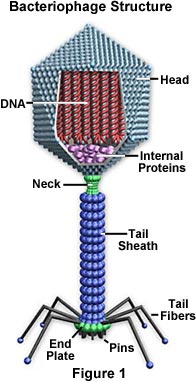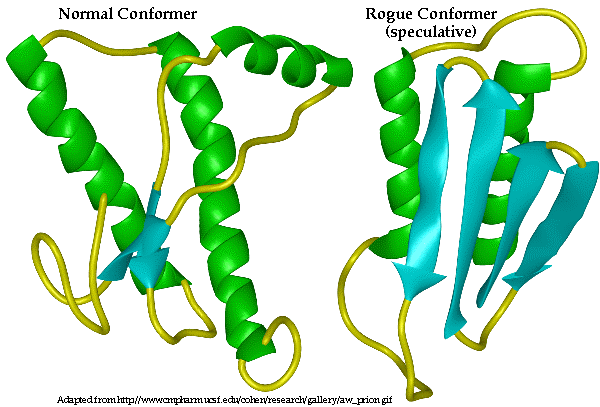
Viruses are infection agents with a nucleic acid enclosed in a protein coat. Virus can only live and reproduce inside the living cells of organisms. They are only 20nm in diameter. Viruses can only be seen with a light microscope. Viruses infects can infect any organism including bacteria. They multiply inside cells of organism. Viruses have genomes that maybe consist of double stranded or single RNA or DNA. A virus is determine if it is a virus DNA or a virus RNA depending on the kind of nucleic acid that makes up its genome. Virus spreads very fast as they infect a host cell, inject their genetic information into the host cell to program the host cell to make the proteins and other parts required for new viruses to be assembled (replication and transcription). Once assembled, the new virus articles burst out from the host cell, killing it and going to infect other cells.

Prion is a infectious agent made up of misfolded proteins. Prion are not bacteria or viruses. They are proteins that may seem harmless but in fact, they are rogue agents that influences other normal proteins to become prions. Prions cam cause fatal diseases to the brain and nervous system such as scrapie that are deem untreatable. Prions lack nucleic acids.

http://apbiology.ygoy.com/2010/03/01/what-are-prions/
http://www.ucmp.berkeley.edu/bacteria/bacterialh.html
http://micro.magnet.fsu.edu/cells/virus.html
http://www.ucmp.berkeley.edu/alllife/virus.html
No comments:
Post a Comment